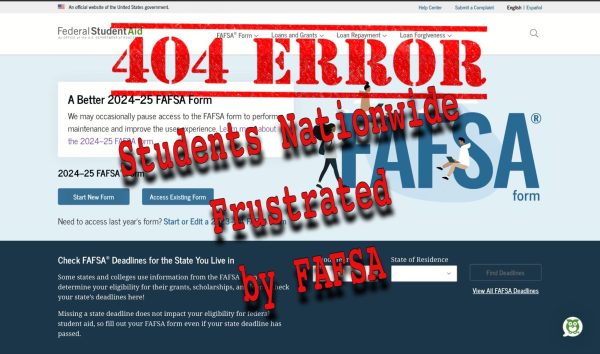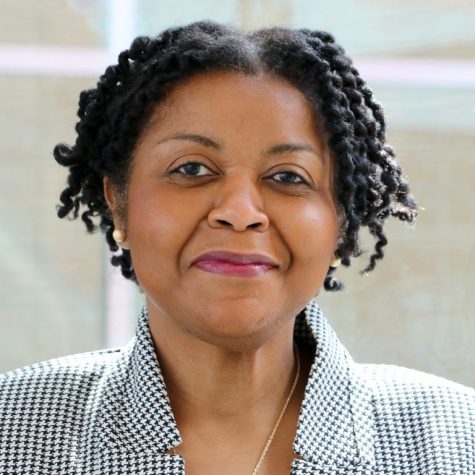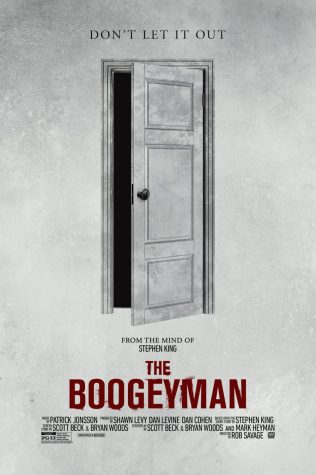Chancellor’s Office grants one-time funding in equity
State’s allocation funding targets barriers through FTES metric
March 16, 2016
Throughout the district, colleges have applied and been approved to use one-time funds from the California Community College Chancellor’s Office to implement programs and community outreach to improve the success rates of certain student demographics.
According to each college’s Equity Plan, Los Medanos College was awarded about $730,900, Diablo Valley College was allocated $1,470,850 and Contra Costa College received about $538,870.
The main target indicators that each college must address are outreach to feeder high schools, course completion, certificate and transfer rates.
“The state has looked at various measures and indicators that lead to success in different student populations,” CCC’s Equity Plan Coordinator Mayra Padilla said. “In all those big categories the state started to look at the fact that some populations were not doing as well as others. So the Equity Plan is the state’s attempt at creating equity for groups who have more needs in certain areas.”
According to CCC’s Equity Plan, there must be the same percent of students in a feeder high school that enroll at the college to address the deficiencies with the access indicator.
Padilla said the students that have a lower percentage of students coming from the high schools are white students.
In the access completion indicator, the students with the highest percentage are African-American students while the second lowest, above whites, are Latino students.
Within the course completion indicators are basic skills math, English as a second language and English, Latinos and African-Americans have the highest discrepancies in completion rates.
Padilla said that these are based off enrollment data from the 2013-2014 academic year.
African-American students in general course completion rates in this category are the lowest at 61 percent, while Latinos are at 68 percent and white students are at 76 percent.
CCC Distance Education Chairperson Judy Flum said there are some efforts being made by counseling and the Library and Learning Resource Center to extend counseling hours and operating hours for the Library.
“We want to create a more resources for students by implementing online tutoring and counseling services that students can take advantage of even when they are not on campus,” Flum said. “But as for extending the Library hours we were told that we could not be funded for that even after speaking with representatives from other colleges who said they were able to increase student success by doing so.”
Padilla said that many small colleges, because the allocation process is mainly defined by a college’s Full-Time Equivalent Student count — one or more students enrolled into 15 units — do not receive equitable funding.
She said that even though she and her Equity Task Force were able to complete the final draft within a six-month timeframe, they were unable to implement all the programs they wanted to help decrease the discrepancies in each target indicator.
“I think it’s the timeframe that we were given that hurt us. It was a really short and my style is to work collaboratively and build consensus,” Padilla said. “We had to have a meeting on student success with College Council and the Academic Senate.”
Academic Senate President Beth Goehring said she was “impressed” that Padilla and the Equity Task Force were able to complete the final draft and get it approved so fast.
Padilla, however, said that aside from the timeframe hindered developing programs that would target every indicator more effectively, “the way in which equity funds are distributed from the state is not equitable.”
She said that because it is based on FTES, larger colleges are given more funds that they may not be able to use up in a year and would go to waste thereafter.
Goerhing said she agrees and more often than not the state wants to give people who are already faculty members at the college more responsibilities instead of hiring a larger staff.
She also said that they want you to prove that the programs that are being implemented now are reducing negative percentages in the target indicators in a short timeframe.
Padilla said after raising these issues Debra Sheldon, Chancellor’s Office Equity Plan coordinator at a program review session on March 1, 2015, the state is currently developing a plan to allocate funds more equitably.












